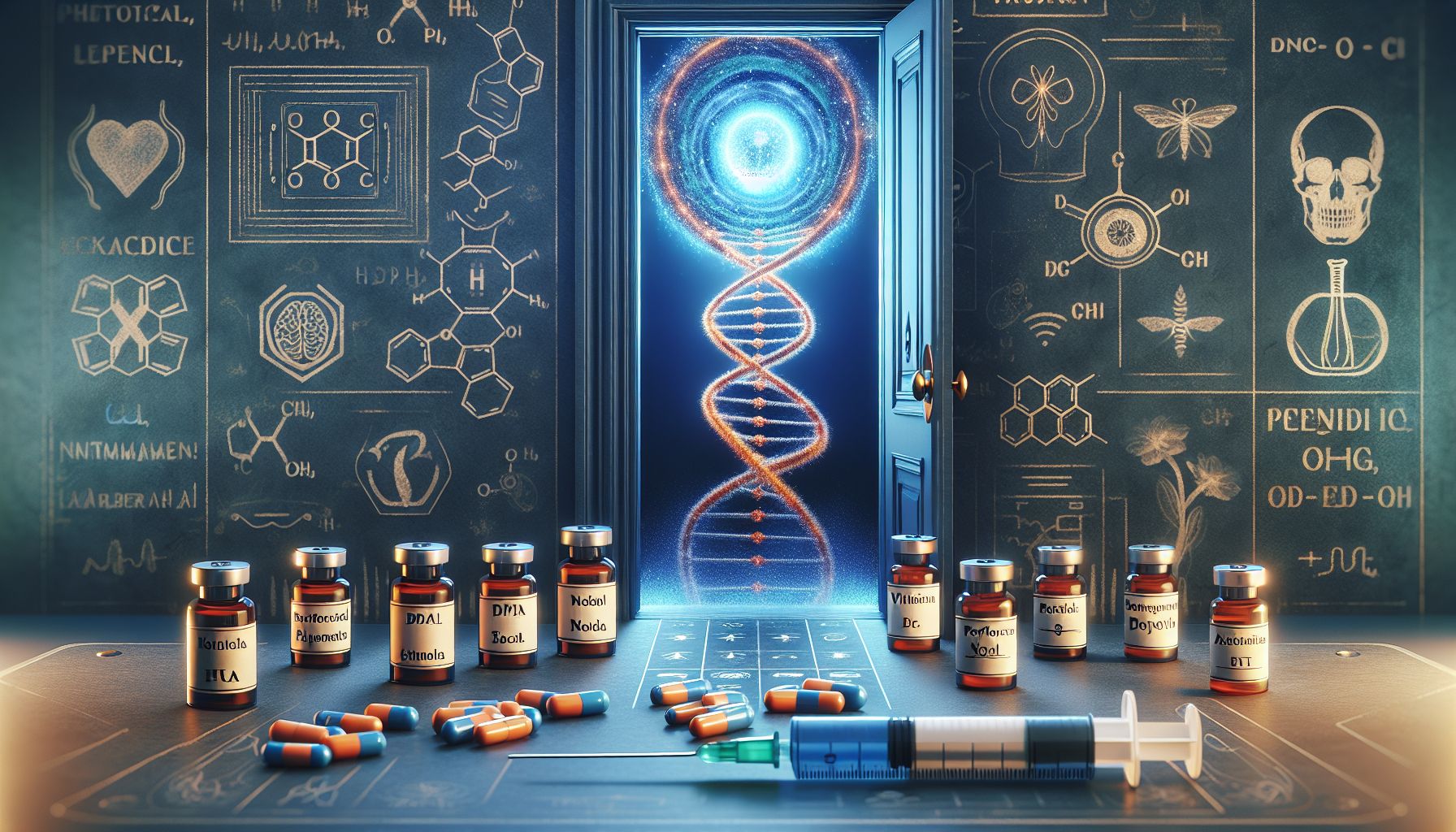Unlocking Potential: An In-Depth Guide to Performance Enhancement Drugs
Performance Enhancement Drugs: A Comprehensive Guide to Boosting Physical and Mental Abilities
In the world of competitive sports and rigorous professional demands, performance enhancement drugs (PEDs) have become both a topic of fascination and controversy. But what exactly are these substances, and how do they work?
Understanding Performance Enhancement Drugs
Performance enhancement drugs are substances used to improve physical or cognitive performance temporarily. They range from anabolic steroids to nootropics, each designed to target specific aspects of human physiology or psychology.
Types of Performance Enhancement Drugs
- Anabolic Steroids: Known for promoting muscle growth and enhancing physical strength, anabolic steroids mimic the effects of testosterone. Common examples include Dianabol and Trenbolone.
- Stimulants: These increase alertness and energy levels. Caffeine and amphetamines are typical stimulants used in various contexts.
- Painkillers: Used to manage pain and allow athletes to train harder. Opiates and non-steroidal anti-inflammatory drugs (NSAIDs) like ibuprofen are often used.
- Nootropics: Coined as “smart drugs,” these substances enhance cognitive functions such as memory, creativity, and motivation. Examples include Modafinil and Piracetam.
How Do Performance Enhancement Drugs Work?
These drugs work by altering the body’s natural processes. For instance, anabolic steroids enhance protein synthesis in muscles, while stimulants activate the central nervous system to increase alertness and energy. Nootropics, on the other hand, enhance neurotransmitter activity to improve cognitive functions.
Indications for Use and Recommended Dosages
While some PEDs are prescribed for medical conditions like ADHD or muscle wasting diseases, athletes and individuals might use them to gain a competitive edge. However, it’s crucial to follow recommended dosages to avoid adverse effects:
| Drug Type | Recommended Dosage |
|---|---|
| Anabolic Steroids (e.g., Testosterone) | 200-600 mg per week |
| Stimulants (e.g., Amphetamine) | 10-40 mg per day |
| Nootropics (e.g., Modafinil) | 100-200 mg per day |
Potential Side Effects and Risks
While PEDs can offer significant benefits, they bear considerable risks, often detailed in medical studies and governmental resources. Some of the common side effects include:
- Anabolic Steroids: Aggression, liver damage, and hormonal imbalances.
- Stimulants: Increased blood pressure, anxiety, and heart palpitations.
- Painkillers: Addiction, gastrointestinal issues, and overdose risks.
- Nootropics: Insomnia, headaches, and anxiety.
According to a 2020 study published in the Journal of Clinical Endocrinology, nearly 30% of anabolic steroid users experience severe side effects. Hence, users should exercise caution and consult healthcare professionals before use.
Expert Opinions on Performance Enhancement Drugs
Dr. Emily Tran, a renowned sports pharmacist, states, “While PEDs can be effective in enhancing performance, they should be used responsibly and under medical supervision to mitigate health risks.” Her insights align with many professionals in the field who advocate for regulated use.
Where to Find Quality Performance Enhancement Drugs
Finding high-quality, safe performance enhancement drugs is crucial. To ensure you are purchasing vetted and reliable substances, visit our recommended site: Explore Trusted Performance Enhancement Drugs Here.
Making An Informed Choice
Before opting for performance enhancement drugs, individuals are encouraged to weigh the potential benefits against the risks. It is advisable to focus on natural enhancements through nutrition and training while using PEDs as a supplementary aid under professional guidance.
As the landscape of performance enhancement continues to evolve, staying informed and cautious is key to optimizing results while safeguarding health. For those considering PEDs, engage with healthcare providers to tailor a plan suited to your personal health needs.

